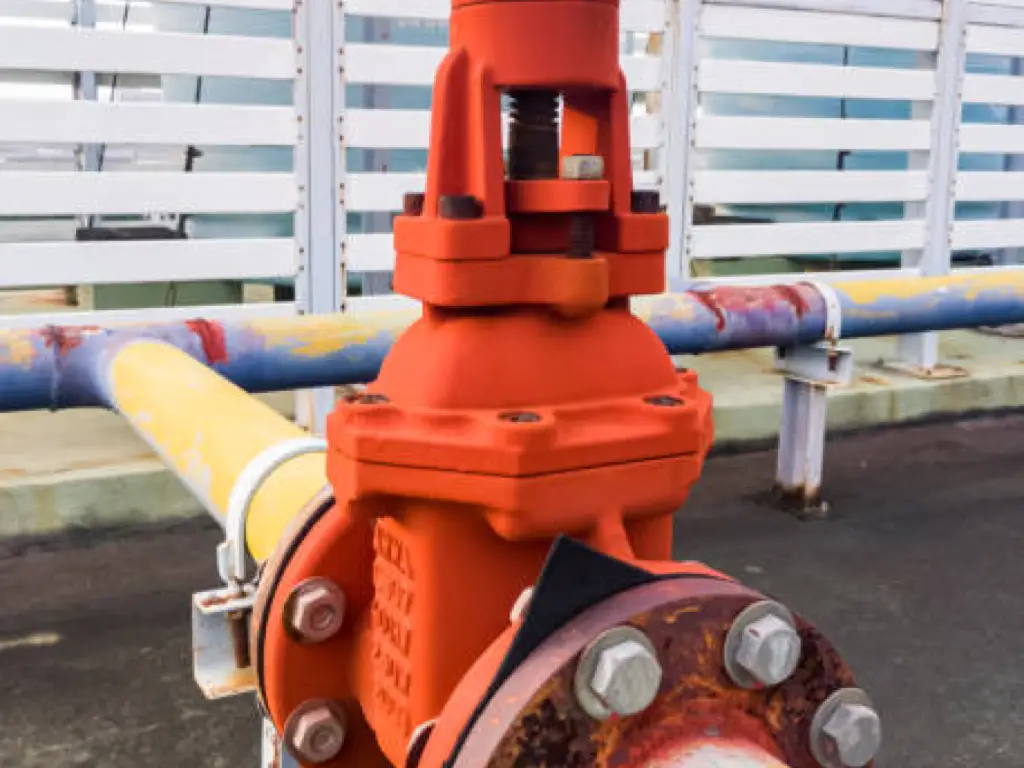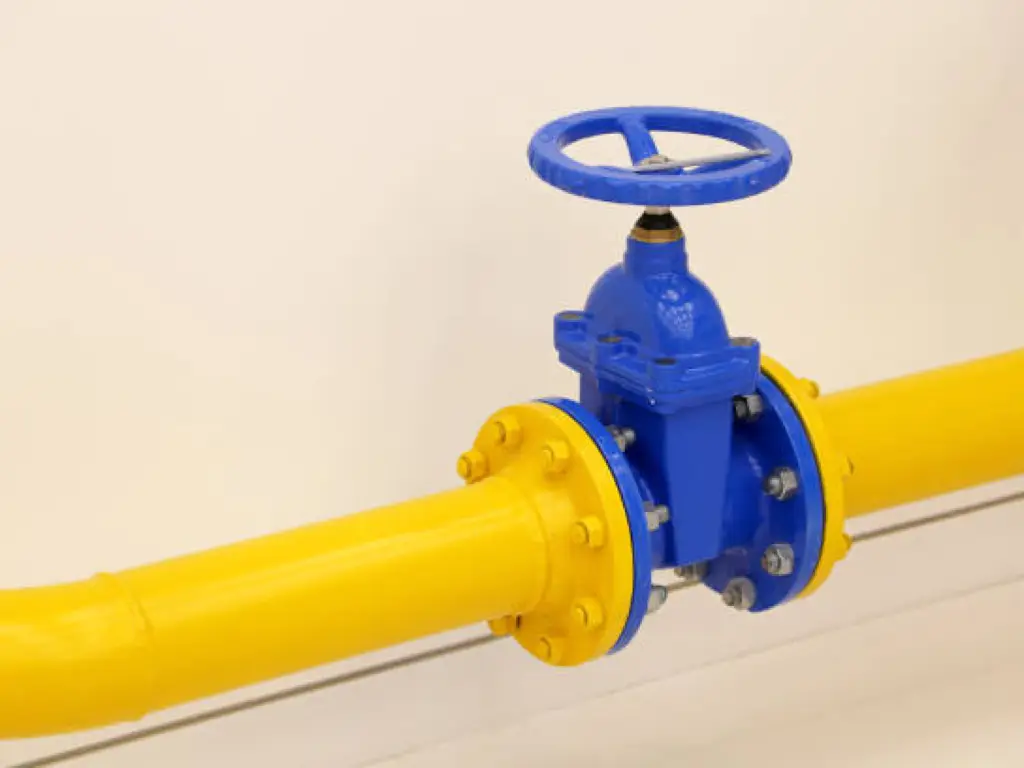Through conduit gate valves are critical components in various industries, providing efficient and reliable control over fluid flow. In this guide, we will explore the functionality, types, core components, material considerations, applications, and maintenance tips for through conduit gate valves. Understanding these aspects will help you make informed decisions when selecting and using these valves in your pipeline systems.

What Are Through Conduit Gate Valves and Why They Matter?
Through conduit gate valves, also known as thru conduit gate valves, are valves designed for on/off applications that prioritize full closing of fluid flow. They play a crucial role in regulating the fluid flow within pipelines, ensuring efficient and safe operations. With their full port design, these valves minimize pressure drop and are ideal for long-distance pipeline systems. Through conduit gate valves are widely used across industries such as oil and gas, petrochemical, mining, and more, depending on the type of valve needed for the specific application.

How Does a Through Conduit Gate Valve Work?
Through conduit gate valves operate by raising or lowering a gate to open or close the fluid flow. The valve’s stem, controlled by a handwheel or actuator, enables the gate to move vertically within the conduit. When fully open, the gate aligns with the valve ports, allowing the fluid to flow freely. On the other hand, closing the valve moves the gate to block the fluid flow. This simple yet effective mechanism provides precise control over fluid regulation, reducing pressure loss and enhancing overall system efficiency.
The Core Components of a Through Conduit Gate Valve and Their Functions
- Valve Body: The valve body houses the internal components of the through conduit gate valve. It is responsible for providing strength, structural integrity, and housing the valve ports, connecting the valve to the pipeline system. The valve body is typically constructed using durable materials, capable of withstanding high pressures and temperatures.
- Bonnet: The bonnet acts as a protective cover for the valve stem and internal parts. It is connected to the valve body using bolts, creating a secure seal to prevent fluid leakage. Often made from the same robust materials as the valve body, the bonnet ensures the longevity and reliability of the valve.

- Gate: The gate is the main component responsible for controlling the fluid flow. It moves vertically within the conduit, either blocking the flow when closed or aligning with the valve ports when open. The gate is connected to the stem and is designed to provide a tight and leak-free seal.
- Stem: The stem connects the gate to the actuator or handwheel, facilitating the vertical movement of the gate. When rotated or actuated, the stem raises or lowers the gate accordingly, regulating the fluid flow through the valve. Proper sealing and alignment are critical functions of the stem to maintain reliable operations.
Types of Through Conduit Gate Valves
Through conduit gate valves can be of various types, each designed to accommodate specific operational needs.
- Rising Stem Through Conduit Gate Valve: This valve has a stem that rises along with the handwheel as the valve opens. This allows operators to visually affirm the valve’s open or closed state. Though easy to use, one drawback is they require ample vertical space for operation.
- Non-Rising Stem Through Conduit Gate Valve: Unlike its rising counterpart, the non-rising stem through conduit gate valve remains at the same level regardless of the valve’s position. This feature makes it advantageous for operations with space constraints.
- Through Conduit Gate Valve with a Slab Gate: Featuring a gate that slides between two seats, this valve type is particularly effective in media with suspended particles. The valve’s design ensures safe operation, even in the face of potential thermal deformation of the valve body.
- Through Conduit Gate Valve with a Wedge Gate: This valve operates by pushing a tapered or wedge gate into a taper within the valve body. Its design makes it suitable for high-pressure and high-temperature applications.
The Material Considerations for Through Conduit Gate Valve Manufacturing
The choice of materials used in manufacturing a through conduit gate valve vastly influences valve’s performance. Materials must withstand high pressures, temperatures, and potential corrosive impacts. Commonly used materials include stainless steel and other durable metal alloys, ensuring strength and longevity. Certain application-specific cases might require the usage of softer materials like elastomer or fibrous materials.
Connection Method With Pipeline
The connection of the through conduit gate valve with the pipeline is a key aspect that impacts its functionality and application. This connection should be secure and robust to prevent leakage, withstand high pressures and, at the same time, facilitate easy valve installation and removal.
Flanged connections and welded connections are the primary methods used to connect through conduit gate valves to pipelines.
Flanged ConnectionsFlanged connections are popular and widely utilized in the industry. In the flange method, the ends of the pipeline and valve are fitted with flanges, which are then bolted together to form a secure connection. This type of connection allows for easier installation and removal of the valve, should it require maintenance or replacement.

Welded ConnectionsOn the other hand, welded connections offer greater integrity and permanence. They are typically used in high-pressure and high-temperature applications where a stronger, seamless, and leak-proof connection is required. However, replacing or servicing welded valves can be cumbersome and time-consuming, requiring specialised techniques and equipment.

Both connection methods are designed to suit specific applications and system requirements, and they usually adhere to international or national standards such as the ASME B16.5 for flanges and ASME B16.25 for welded ends, ensuring maximum safety and reliability in accordance with industry standards.
Key Industrial Applications of Through Conduit Gate Valves
Through conduit gate valves (TCGVs) serve a vital role within a diverse range of industries. Their unique combination of features, such as the full bore design, high-pressure tolerance, and superior sealing capabilities, make them highly versatile and adaptable.
Oil and Gas Industry: One of the largest applicators of thru conduit gate valves is the oil and gas industry. This is predominantly due to their ability to handle the high pressures and temperatures commonly associated with these types of operations. Their full bore, piggable design also enables smooth, bidirectional flow with little disturbance, thus minimizing pressure drop or loss, a crucial factor in oil and gas pipelines where sustained flow is mandatory.
Petrochemical Industry: In the petrochemical industry, TCGVs are favored for their capacity to manage high-temperature fluid flows, required in the processing of various chemicals. Their sturdy construction and high-pressure survivability allow them to deliver reliable performance even under harsh environmental conditions.
Mining Industry: The mining industry also employs TCGVs extensively. Here, their strength and reliability continue to prove invaluable, especially where control of slurry or process fluid flow is needed. TCGVs’ capacity to handle highly abrasive materials in such applications is notable.

Water Treatment Plants and Others: Moreover, these types of valves are suitable for use in water treatment plants and other utility services where optimal flow-controlling capabilities are critical. Over the years, their application has become more extensive, signifying their crucial role in various industrial operations.
The Advantageous Features of a Through Conduit Gate Valve
Through conduit gate valves cater to a range of advantageous features that make them ideal for fluid regulation across multiple industrial sectors.
- Full bore design: TCGVs have a full-port or full bore design, which means the valve’s passage matches the pipeline’s inner diameter. Such a construction eliminates restrictions to fluid flow, leading to reduced turbulence and minimized pressure drop. This results in enhanced energy efficiency of the system.
- Excellent Sealing: TCGVs employ a dual-seal design that provides tight and strong sealing capabilities when closed, preventing fluid leakage.
- Durable: Constructed typically with robust materials such as stainless steel and other metal alloys, these valves bear a high degree of robustness. This ensures their steady performance in high-pressure and high-temperature environments.
- Versatile: Available in both manually operated designs (with handwheel) and automated versions (with an actuator), TCGVs offer flexibility in use as per specific application needs.
Troubleshooting Common Issues with Through Conduit Gate Valves
| Common Issue | Possible Causes | Suggested Solutions |
| Stem Leakage | Worn stem packing or looseness in stem | Adjust the gland bolts or replace the packing |
| Seat Leakage | Damaged seats or worn-out O-rings | Inspect and replace the defective seats or O-rings |
| Bonnet Leakage | Misaligned or worn-out gasket; loose bolt connections | Replace the gasket and ensure the bolts are tightened correctly |
| Operational Difficulty | Lack of lubrication; overly tight stem packing; presence of foreign matter in the valve | Perform regular cleaning, adjust the packing appropriately and ensure adequate lubrication |
| Valve does not fully close or open | Misaligned parts; wear and tear of the gate or stem; actuator failure in automatic valves | Check for any misaligned parts and realign them as necessary; inspect the gate or stem for any signs of wear and replace if necessary; check for any actuator issues in automatic valves and service as required |
| Unusual Noise | Cavitation or water hammer phenomena; loosen bolts; worn-out valve parts | Identify the root cause by inspection; if it’s a water hammer issue, redesign the piping system if necessary; tighten any loose bolts; replace any worn-out parts |
| Dramatic Pressure Drop | Dirt or debris in the valve; worn out valve components | Clean the valve thoroughly; replace any significantly worn parts- if necessary, replace the entire valve |
Regular Maintenance Tips for Through Conduit Gate Valve
Maintaining the good condition of a through conduit gate valve is key to ensuring its efficient performance and longevity. Regular inspections, cleaning, lubrication, and alignment checks fall under essential maintenance tasks.
- Lubrication: Regular lubrication helps reduce friction in the moving parts, ensuring smooth operation. In particular, the stem and the gate should be cleaned and lubricated regularly to prevent rusting and seizing.
- Cleaning: Valves should be cleaned often to remove any accumulated foreign particles that can cause hindrance in operation or even damage the valve’s inner components.
- Inspection: Regular inspections can help detect potential issues in early stages and prevent significant problems. Look out for signs of wear and tear, leaks, or any abnormal sounds during operation.
- Manufacturer’s Guidelines: Always adhere to the maintenance guidelines provided by the manufacturer to ensure the valve’s optimal performance and extended lifespan.
Conclusion
Through conduit gate valves, with their robust structure and efficient functionality, significantly contribute to fluid control across various industrial applications. Acquiring a comprehensive understanding of their working, types, components, material considerations and maintenance requirements aids in maximizing their benefits and ensuring safe and efficient operations. Versatile, reliable, and efficient, through conduit gate valves are an indispensable component for fluid flow systems in myriad fields – a testament to their superior design and construction.Dombor is a professional through conduit gate valve manufacturer, if you have any questions, please feel free to contact us.









